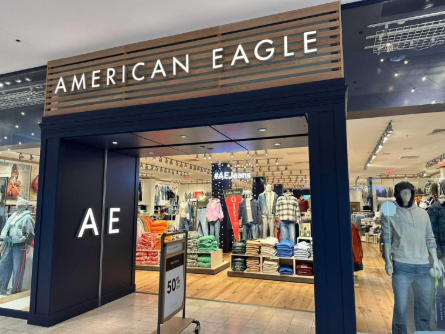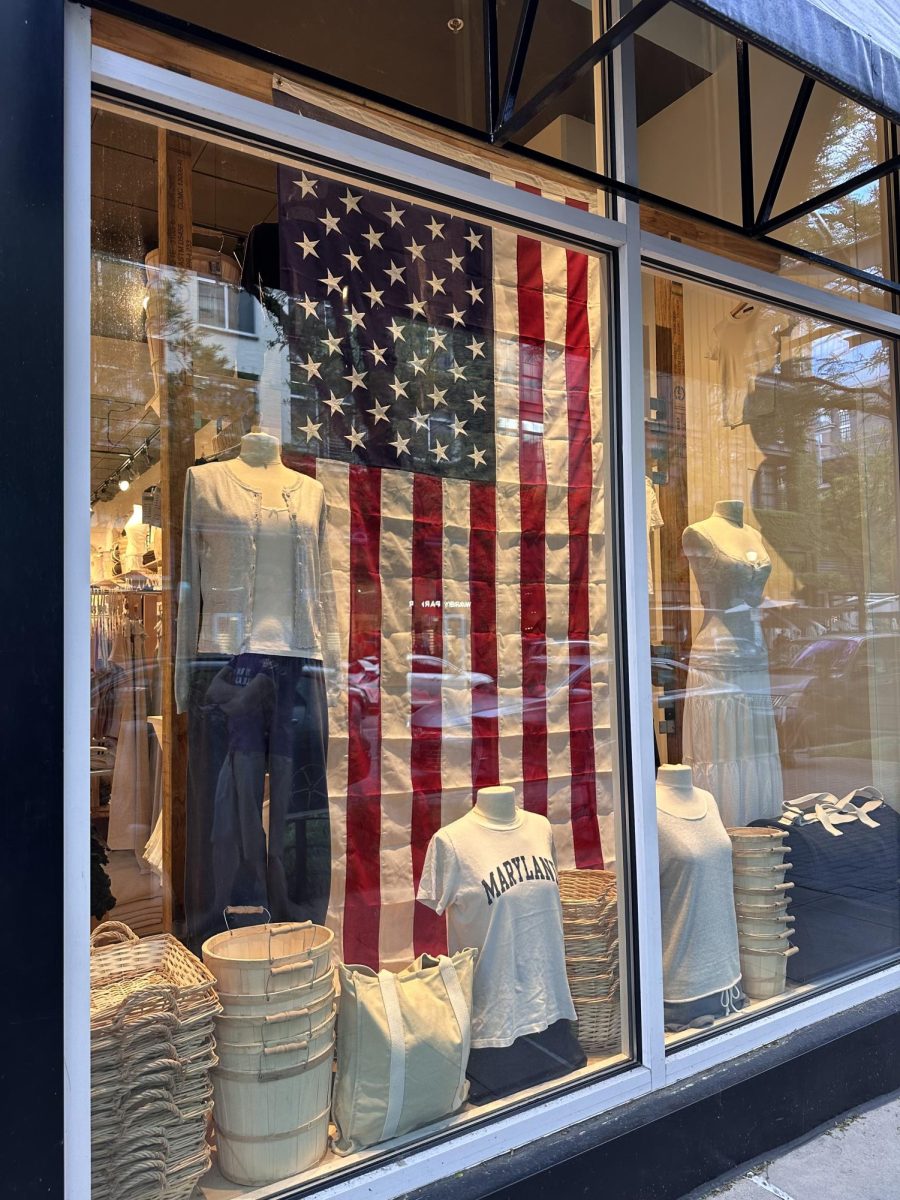When you think of the major enemies to the environment, generally the list that comes to mind includes plastic bags, straws and cars. In reality, one of the biggest threats to our environment is in your closet. Recent changes in consumer habits are to blame for the footprint that clothing and textiles are leaving on the environment.
According to the Ellen Macarthur Foundation, 10 percent of all global emissions come from the fashion industry and textile productions alone account for 1.2 billion tons of greenhouse gases annually. Consumers now buy 60 percent more items of “disposable clothing” than what was the average 15 years ago. The term “disposable clothing” refers to the new patterns of buying where it is more common to buy clothes without any intention of wearing them more than once. People are settling for worse quality clothing that they will keep for half as long as in the past. Online stores such as Lulu’s, Romwe and Showpo are often used for event wear like homecoming dresses. Not only do they use unethical production practices, but they also are considered the worst stores for the environment, along with Forever 21 and Urban Outfitters. “I know that people buy a lot of clothes recently, but it never really crossed my mind to think of the environmental impact of it,” sophomore Meghna Krishnan said.
Straws have become a major concern even though straws only account for .025 percent of all plastic waste in the oceans, according to National Geographic. It is estimated that there are 1.4 million trillion microfibers in the oceans. Microfibers are the synthetic materials used to make clothing that are primarily made out of plastic. Microfibers have had an increase in popularity over the past years due to how cheap they are to produce and their versatility. Polyester, nylon, acrylic and other synthetic materials are now used in 60 percent of all apparel worn in the world, making this plastic hard to avoid. “The majority of polyesters are not biodegradable, meaning that the polyester fabric shirt you bought last season will not decompose for 20 years at best and 200 years at worst, depending on conditions,” according to Good On You.
Shopping at stores such as Uptown Cheapskates, which provides discounted, name brand clothing, is a much more environmentally friendly alternative since the products are secondhand and cut down the need for more clothing to be produced. This then leads to less carbon emissions and microfibers used. “At Uptown Cheapskate, we have a passion for sustainable fashion. We are dedicated to reducing the impact of the fashion industry on the planet by being green 365 days per year. When you support resale, you’re not just being good on your wallet – you’re giving back to the environment and contributing to an economy that is sustainable and green,” according to the Uptown Cheapskate website.







